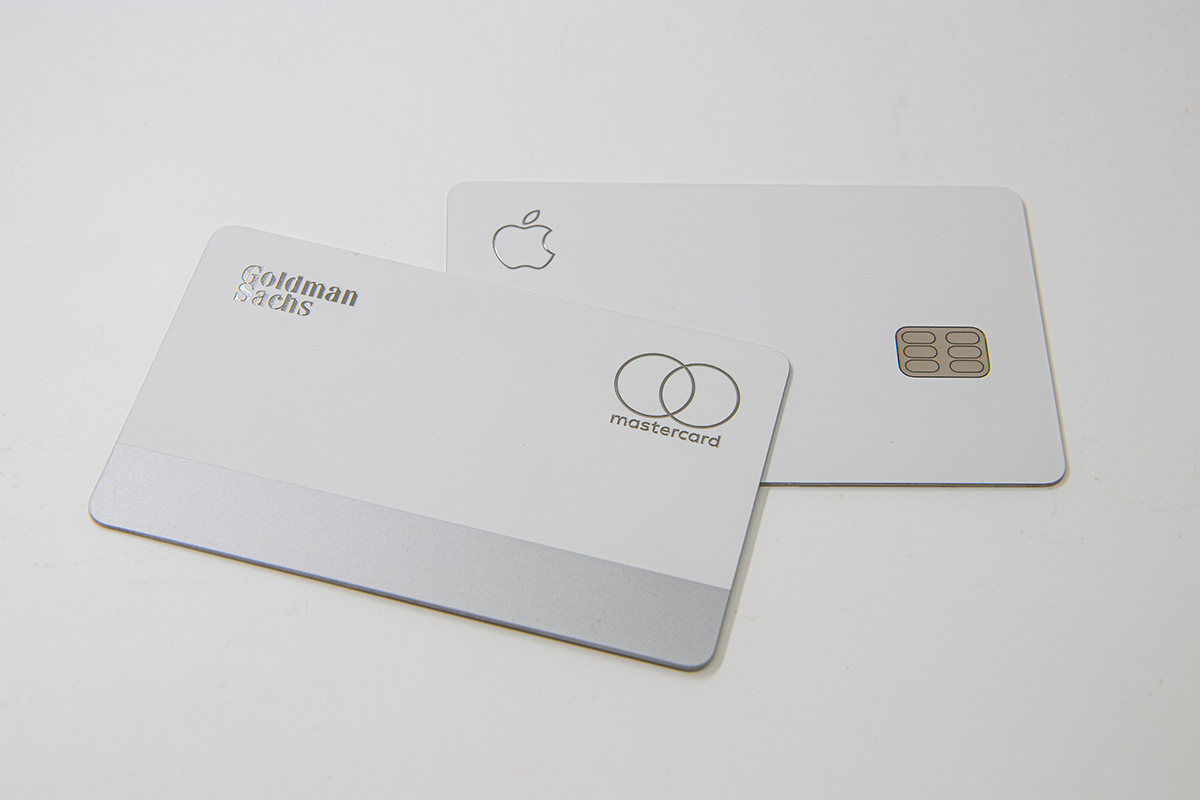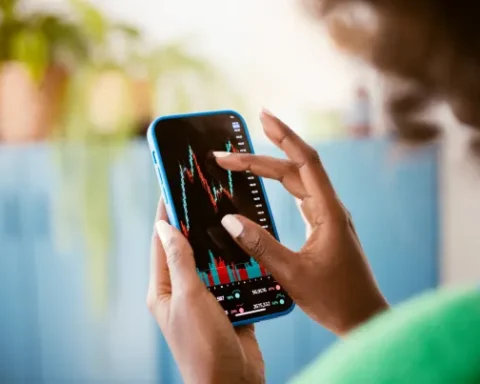Apple set the banking sphere abuzz. In a landscape where most banks offer less than 0.5% returns on savings, the tech behemoth, valued at $2.6 trillion, unveiled a 4.15% annual return with no constraints and the safety of FDIC insurance. This move couldn’t be timelier, as regional banks hustle to recover post the Silicon Valley Bank upheaval, and emerging fintechs are gasping for funds.
While Apple isn’t a bank by definition, it’s in alliance with Goldman Sachs Bank USA (popularly known as Marcus) which holds a state charter and FDIC coverage. In the fintech lexicon, Apple shares the neobank space with brands like Chime, Revolut, and Monzo. But, Apple’s global brand presence, symbolized by over two billion iPhones, is unprecedented, making it a powerful ally for Goldman.
Gallup’s annual “Confidence in Institutions” study highlighted that before the SVB incident, just 27% of Americans deeply trusted their banks – a stark contrast from the 60% in 1979. Apple, meanwhile, continued its dominance, topping Interbrand’s Global Best Brands for the tenth consecutive year in 2022. Notably, only JPMorgan made the list, placing 24th.
As analyst, Dan Ives from Wedbush Securities aptly put it, “Apple races ahead, while many banks are still pacing themselves.”
This high-yield savings account is exclusive to Apple Card holders. In mere minutes, users can set it up, and the rewards they earn, termed ‘daily cash,’ seamlessly flow into this high-yield account. This entire ecosystem becomes visible in Apple’s digital realm, allowing users to monitor their finances and emphasizing Apple’s stronghold in its digital offerings.
David Donovon of Publicis Sapient summarizes this as, “A harmonious cycle of retaining everything within Apple’s world.”
Apple’s recent venture is a continuation of its aggressive financial expansions. From unveiling a no-interest, fee-less payment splitting system to introducing tap-to-pay mechanisms for merchants using iPhones, Apple is embedding itself deeply into the consumer’s daily life, benefiting from transaction fees and product cross-promotions.
While Goldman Sachs remains the invisible force propelling these financial products, it highlights a changing consumer perception, suggesting that the age-old banking hallmarks might not be the gold standard anymore. Goldman, despite its illustrious history, now mirrors backend players in the banking-as-a-service domain.
Chris Nichols from South State Bank predicts, “Collaborations like these could render traditional banking indistinct.”
The banking realm has witnessed similar ambitious cross-overs. In the past, Sears Roebuck, once America’s retail titan with an omnipresent brand, ventured into the financial sector. Still, its decline was inevitable with tech-savvy players like Walmart and Target taking the lead and Amazon dealing the final blow, leading to its 2018 bankruptcy.
Apple’s new savings account, in collaboration with Goldman Sachs, seems to be an avenue to integrate more iPhone users into their financial domain. The focus isn’t necessarily on profitability, but on crafting an unparalleled user experience. As Apple advances rapidly in its fintech journey, traditional banks grapple with delivering compelling digital interfaces.
Apple’s near-total control over in-store tap-to-pay through iPhones grants it significant negotiating leverage. The 2014 launch of Apple Pay saw banks agreeing to a 0.15% transaction fee for Apple, forming the lion’s share of its digital wallet income.
Competitors like Google Pay on Android face roadblocks, especially since Google, unlike Apple, allows third parties to utilize tap-to-pay on its phones.
Financial giants and regulatory bodies have taken note of Apple’s exclusivity. Allegations of monopolistic practices and the European Union’s concerns about Apple’s payment tech have arisen.
However, both Apple and Goldman Sachs must navigate the regulatory waters with caution. The alignment of tech innovation and traditional banking values remains a contentious point. As Michael J. Hsu, Acting Comptroller of the Currency, recently stated, the union of banking’s emphasis on stability and tech’s disruptive spirit will profoundly shape the open banking future.
As the landscape of the banking industry undergoes a seismic shift, marked by the marriage of technology and finance, companies like Apple and Goldman Sachs are carving out innovative pathways. This fusion brings both challenges and opportunities. While it offers the potential for greater accessibility, efficiency, and convenience in financial services, it also beckons intense scrutiny from regulators. The balance between tech-driven disruption and the foundational tenets of banking stability will shape the future of money management for consumers worldwide.







